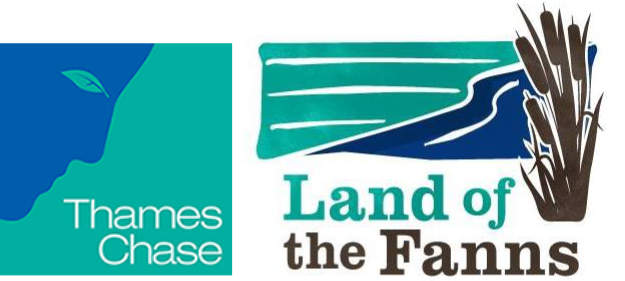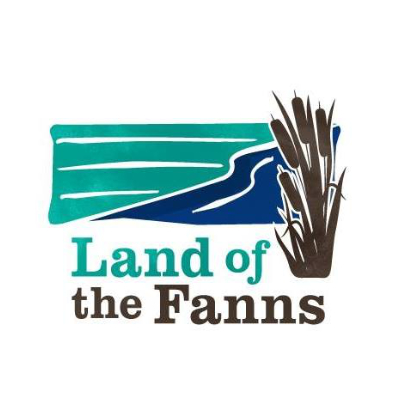About this historic building
The Upminster Windmill, which ground grain into flour for the local area for 130 years, was created during a time of great change and invention involving machinery, steam, and water. This historic landmark can tell us the story of how the Industrial Revolution led to new technologies being developed in Upminster.
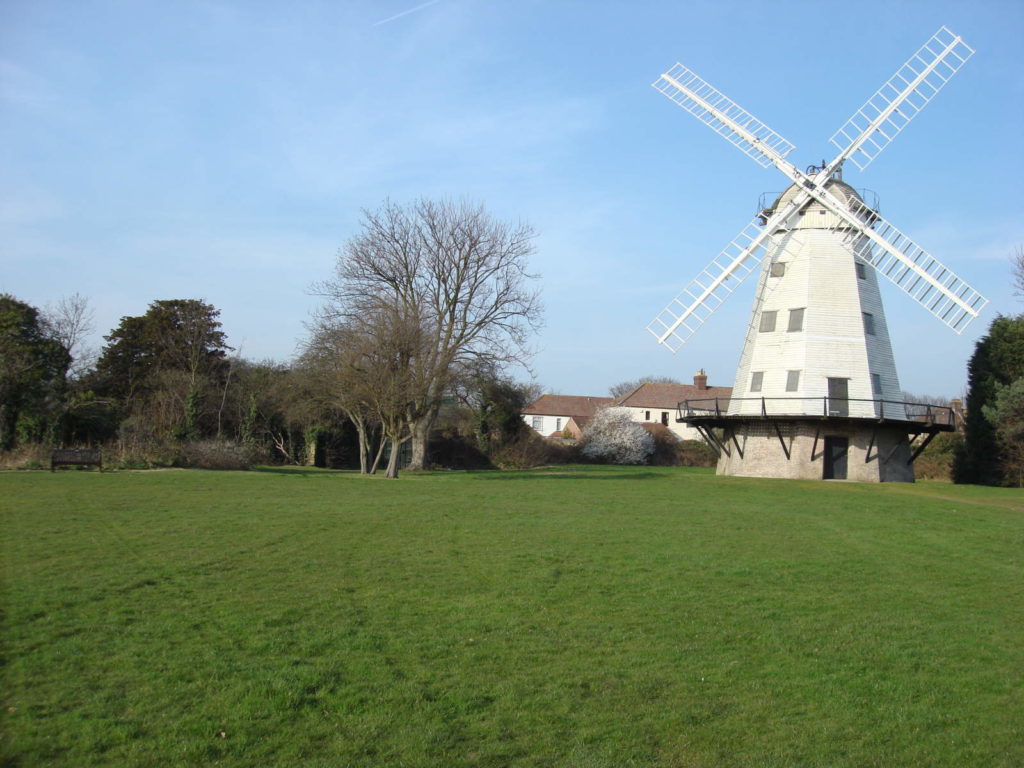
KEY FACTS
(Courtesy of Friends of Upminster Windmill)
This wooden smock windmill (so called because it looks just like a farmer’s smock apron) was built by local farmer John Noakes in 1805. This was a time when the demand for grain (and also flour) had increased due to the Napoleonic Wars.
Through time the mill and the area around it changed: the windmill was given new sails and a steam-powered mill was added too. This windmill was used until around 1933. In 1948 a committee was created to look after the windmill and in 1967 the windmill was opened to the public. It is now being restored to working order.
Historical background: why were windmills important in the 1800s?
Windmills had been used since the early middle ages (1100s) as a way of using natural wind energy to grind grain into flour.
The Upminster Windmill was built during the 1800s. In fact, lots of windmills were built in the early 1800s because
- Windmills could grind grain for flour to make bread for 1000s of people.
- The Napoleonic Wars (1803-1815): it was harder to import food from abroad and food was also being used to feed the UK’s army and navy.
- London’s population was also growing as people moved from the countryside to the city to find work so more flour (and other foods) were needed.
Be a building archaeologist:
Sketch the outside of Upminster Windmill.
However, other types of energy were used to power mills, including water and steam. In 1811, a steam mill was built next to the Upminster Windmill, which meant the millers didn’t have to depend on the weather being windy to make flour!
Either during a visit to the mill when it reopens or using the photographs here and 3D images on the Friends of Upminster website (see link on main Upminster Windmill page).
Make sure that you record and label the different materials used in the windmill. A buildings archaeologist, who specialises in understanding the history of buildings, would call this sketch an elevation.
Can you label the different parts of windmill? Or spot the sails and the fantail?
How was this mill powered? What made the sails turn? What forces are at work when the sails move?
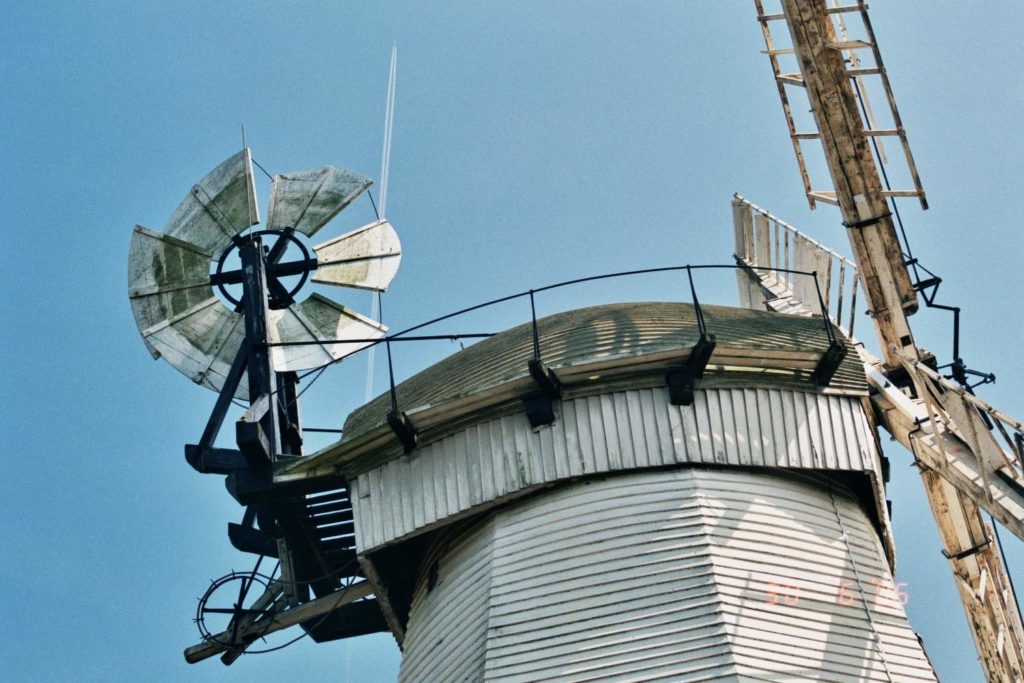
Upminster Windmill – Sails and Fantail © Courtesy of the Friends of Upminster Windmill
Maths puzzle:
Who wants to be a Millionaire?
You are a miller, the person who owns and runs a windmill.
– 3 bags of grain cost £1.50 (in total)
– Together these are milled to make 1 bag of flour over ½ day which can then be sold at £9 per bag.
– You employ 3 members of staff to work the mill who need to be paid £2 daily each…
How many days would it take you to make almost £1000 in profit? Once you have the profit you can spend some of this profit on repairs!
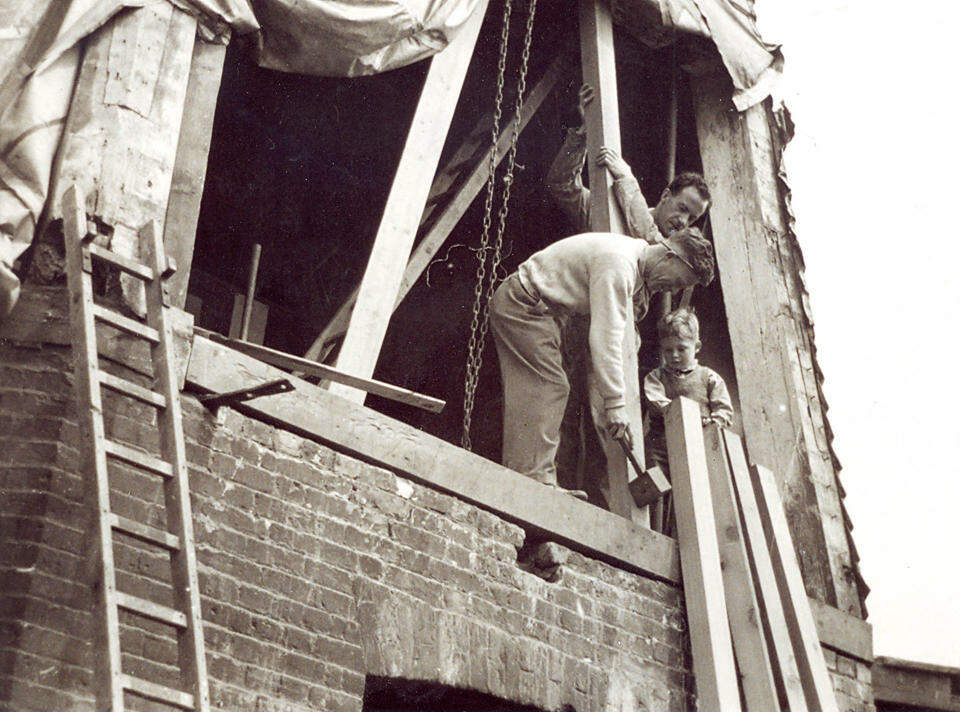
Upminster Windmill – Hector Stone carrying out repairs in 1940s © Courtesy of the Friends of Upminster Windmill
